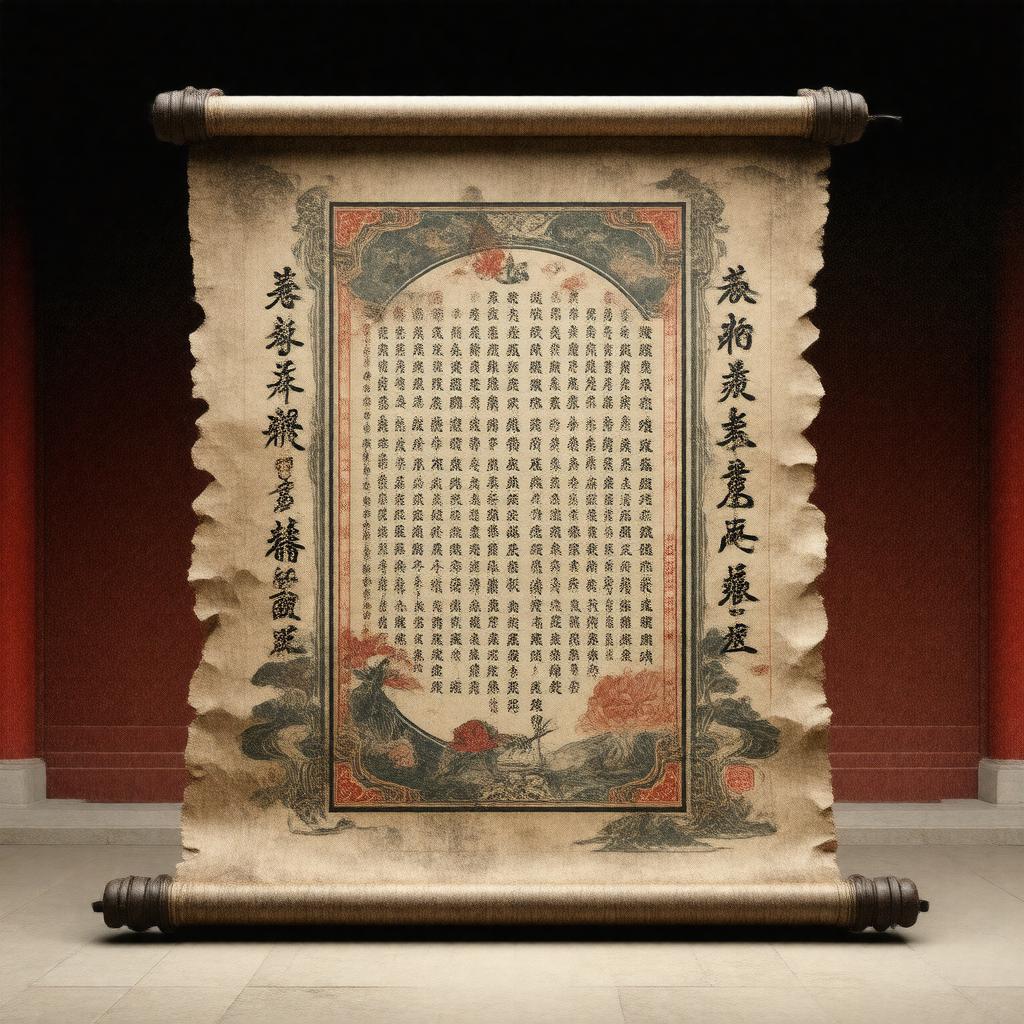Prompt
"Generate an image of an ancient, ornate scroll with a cover adorned with traditional Japanese designs, representing the Kojiki, an ancient Japanese text, written in Chinese characters, containing Japanese creation myths, Shinto myths, and genealogies of early Japanese emperors, set against a subtle background of a traditional Japanese temple or shrine, symbolizing its significance as the oldest extant chronicle in Japan and its importance in Shinto rituals and Japanese folklore."

